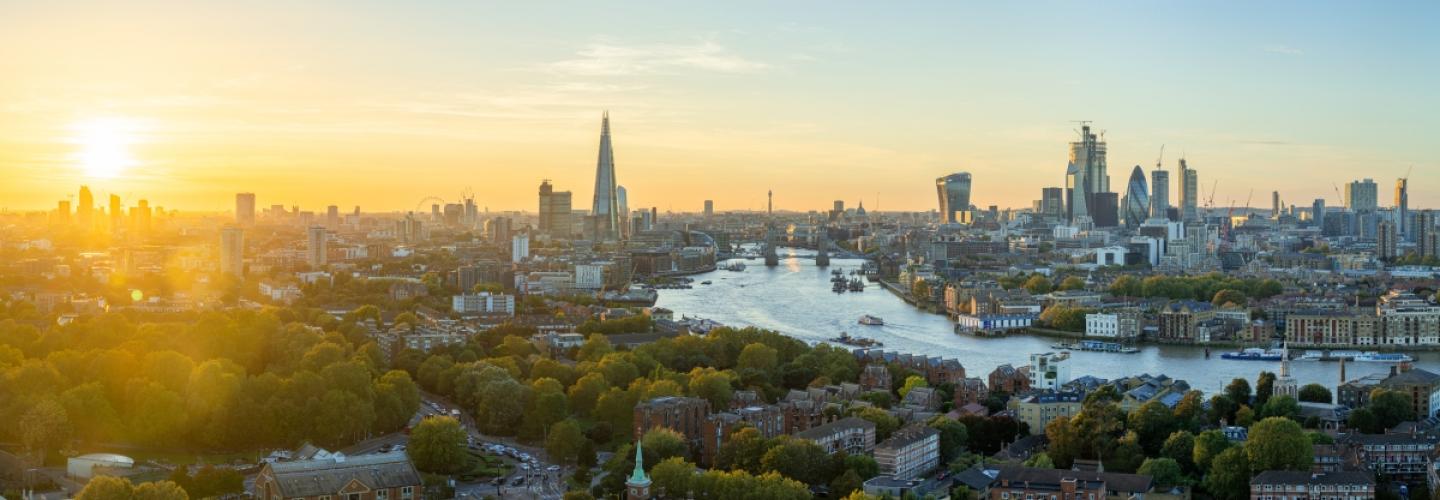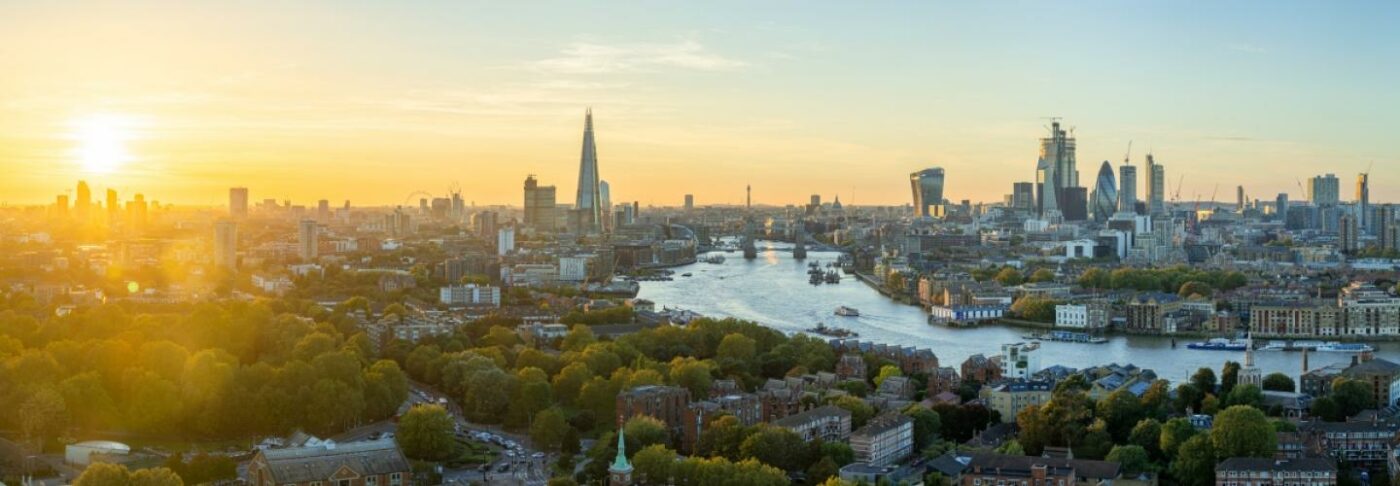
Since the Grenfell Tower fire, the government has been continuously trying to bring about reforms to ensure the safety of all residents living in high-rise buildings. This has led to the introduction of new standards of fire safety, specifically pertaining to the external wall systems of residential buildings over the height of 18 metres. The process included the introduction of a new EWS1 form, which would have to be filled out by a suitable professional certifying that the building complied with the new standards. If not, the EWS1 form would advise the landlords on what refurbishments would be necessary for the building to meet these standards. However, since the introduction of this new form, there have been various issues that have led to major delays in the refurbishment efforts.
Recently, in a letter to Robert Jenrick, London’s mayor, Sadiq Khan urged the government to take urgent action to deal with the EWS crisis. In view of the fact that London incorporates 63 per cent of all high-rise buildings in the country, he laid out a five key step process to help speed up the rate of remediating the EWS systems across the country, as described below.
Introducing a Better System
Mr Khan urged the government to find a better system to track and enforce building owners to inspect and remediate buildings. The current EWS system being enforced has various loopholes and is unclear, leading to delays in remediation work. The new system needs to have clarity so that it can inform lenders, insurance companies and other parties involved about the various refurbishment requirements. The current EWS form does not succeed in doing that.
Training More Professionals
Another issue that has caused a delay in the remediation efforts is the lack of qualified professionals. Currently, based on the guidelines for the EWS check, only 291 chartered fire engineers would be eligible to conduct this check. This number – compared with the tens of thousands of blocks that require checks – is definitely not sufficient. This has caused many delays as landlords who would like to get their EWS check have been held back owing to the unavailability of these professionals.
To tackle this shortage, Mr Khan proposed a formalised government programme which would deal with training and accrediting more of these professionals. Those working in similar roles should also be urged to learn the techniques so that they could help tackle the short-term demand.
Setting Up a Long-Term Fund
Thousands of leaseholders all around the country have been troubled by the EWS1 form and have been unable to sell or re-mortgage their homes as most banks have been unwilling to lend on flats in multi-occupancy buildings with potentially dangerous cladding. To tackle this issue, Mr Khan suggests the introduction of a long-term funding initiative by the government. This fund would ensure that the government covers the remediation work where impossible to recover costs for contractors and would give sellers, purchasers and lenders the required confidence in the market.
Assisting with Insurance Costs for Professionals
Since the Grenfell Tower fire, insurance costs for these professionals have been on the rise. The government should implement measures to ensure that the professional indemnity insurance of these professionals is kept under check. This rising cost of insurance is also responsible for further limiting the availability of fire engineers.
Bridging the Gap with the Insurance Industry
Lastly, the government should work towards setting clear standards of professional competence to ensure that the professional indemnity cover can only be obtained by those professionals with the appropriate skills and qualifications. This must be done in consultation with members of the insurance industry.

